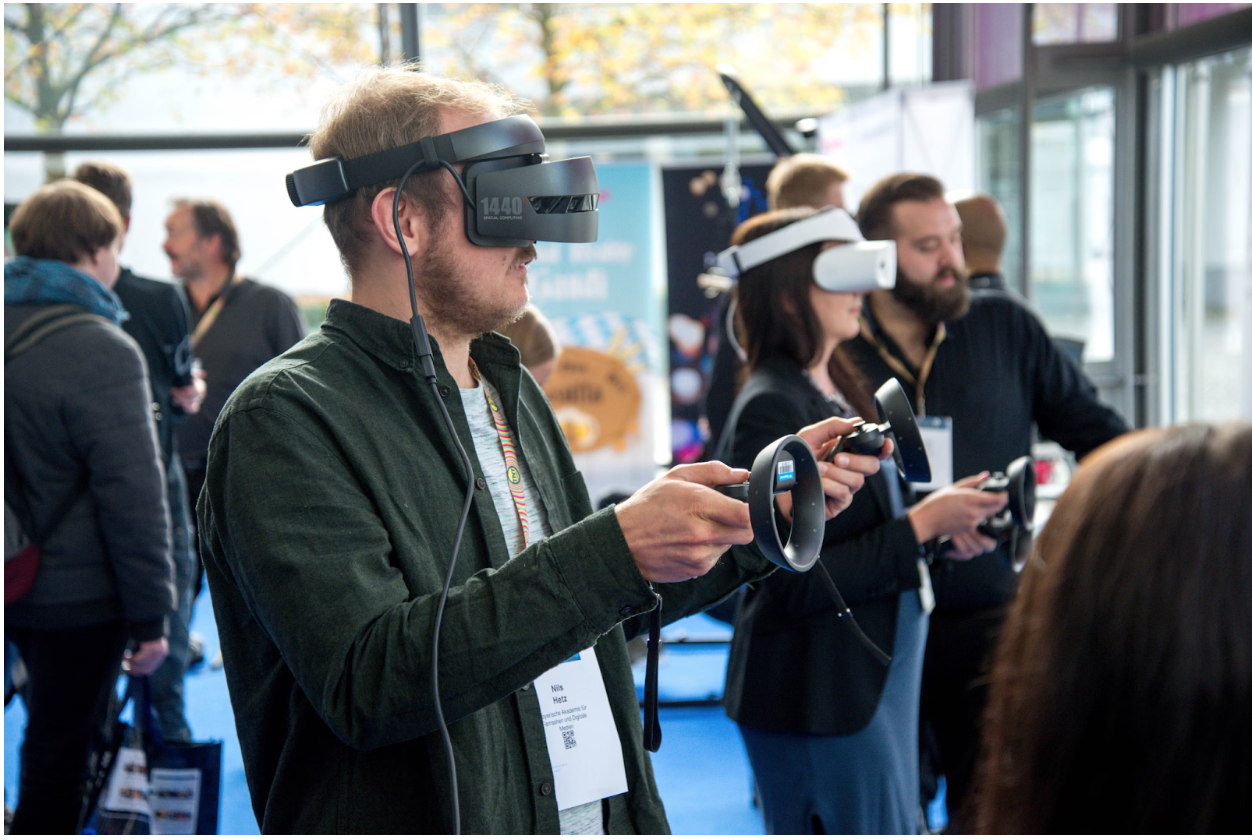VR Exhibits Instead of Yawning at Paintings: Why School Trips Finally Keep Kids Awake

Ask any teacher what happens the moment a class steps into a traditional museum. Half the group heads for the gift shop, a few snap selfies with ancient statues, and the rest check the time, counting minutes until lunch. The artifacts are priceless, but the format often feels stuck in amber. That changed the day a lanky seventh-grader pulled on a VR headset, looked up, and watched a Diplodocus stride across what used to be a silent hall. Suddenly nobody was bored—and nobody was whispering, either.
The same spark that makes online games like Posido addictive is showing up inside exhibition halls. VR adds motion, reward loops, even light competition. One moment a student is tracing the curve of a Greek vase, the next she’s spinning it in virtual space to reveal hidden reliefs. The interaction feels closer to a mini-game than a field trip, and that throwaway comparison to Posido isn’t hype: both rely on short bursts of challenge and instant feedback to hold attention.
Why VR Pulls Kids In
Old displays ask visitors to read, think, and imagine. VR does half that work for them, then invites them to contribute the rest. When a headset tracks eye movement, the software knows where curiosity lingers and can respond in real time. The artifact stops being passive; it becomes a conversation partner.
What grabs a student faster than a glass cabinet ever could:
- Agency They decide which detail to zoom in on, not the tour guide.
- Immersion Spatial audio and layered visuals swallow outside chatter, removing peer pressure to look cool or bored.
- Low risk No fear of breaking a 2 000-year-old urn; they can poke around freely.
Teachers report that even restless kids stay on task longer. One science instructor joked that she “lost” her class in an asteroid belt for fifteen minutes and never heard a complaint.
The Museum’s Side of the Story
Curators see more than happy students. They see lower maintenance for fragile items and richer analytics. VR rigs track how long viewers linger at each piece, which angles fascinate them, and where confusion spikes. That data shapes future exhibits and, ironically, funds preservation of the real object that inspired the digital clone.
Still, VR isn’t a magic wand. Hardware costs, cleaning schedules, and motion-sickness complaints land on every planning sheet. Staff need training to troubleshoot headsets and to guide timid visitors who worry about “looking silly.” Yet most institutions find the payoff worth it: ticket sales bump, social media buzz grows, and teachers rebook sooner.
The Kids’ Perspective
Talk to the students themselves and a pattern appears. They love that VR respects their gaming instincts. It feels natural to reach, grasp, and rotate an artifact rather than circle a plinth at arm’s length. One ninth-grader said the virtual Roman villa looked “as good as Posido’s poker room,” which might not be the compliment the curator expected but does prove the tech now meets entertainment-grade standards.
A second benefit rarely discussed is confidence. In a headset, shy students explore without onlookers. They risk pressing buttons, reading deeper captions, and answering quiz prompts aloud because nobody sees their mistakes. Teachers notice bolder questions once the goggles come off.
Practical Tips for Schools Planning a VR Trip
- Book shorter sessions Twenty-minute rotations beat one long slog and keep headsets fresh.
- Prep students in class A quick preview video lowers the fear factor and sets learning goals.
- Brief on etiquette Headsets block vision; remind kids to sit or stand clear of others.
- Pair with analog moments Sketching a virtual artifact on paper locks in memory better than screenshots alone.
Where This Trend Goes Next
Portable headsets get lighter every year. Soon a school bus might carry its own VR kit, letting students preview exhibits on the ride across town. Museums could push seasonal content over the air — imagine logging in from home to catch a limited-time ancient Egypt gallery, then visiting in person to handle 3-D-printed replicas.
Platforms outside education are paying attention. Rumor has it Posido is testing a VR lobby where players walk between game tables instead of tapping menus. If that lands, expect crossover talent: developers who sharpened their storytelling in museums will pivot to entertainment, and vice versa.
Final Thought: Curiosity Needs a New Stage
A museum’s mission hasn’t changed. It still wants to spark curiosity and protect history. VR simply hands curators a louder microphone and gives students permission to lean in. For a generation raised on instant interaction, that’s the difference between a memory that sticks and one that gets swiped away on the ride home. When the headset comes off and a teen says the Mayan temple “felt as real as a level in Posido,” you know yawns are finally off the tour.
